Trade deals: Where next for EU agricultural markets?
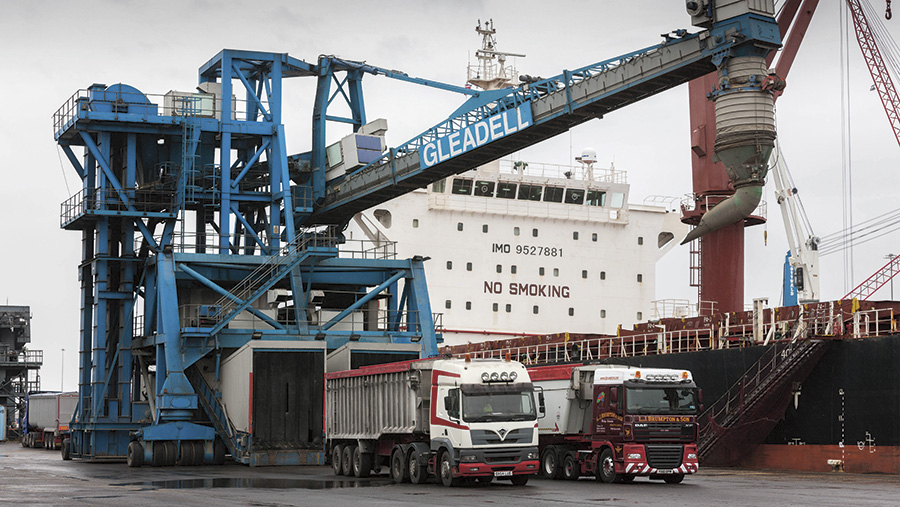 © Tim Scrivener
© Tim Scrivener Multiple free-trade agreements between the EU and other countries are in the pipeline. We take a look at the possible impact on farmers here and abroad.
Beef, sheep and rapeseed prices will fall in the future, while dairy prices will rise, according to a study looking at the impact of the EU’s ongoing and planned free-trade agreements (FTAs).
The report was instigated by the union’s agricultural commissioner, following mounting concern from farming groups and ministers.
See also: Top tips when expanding your farm business
They argued that the cumulative impact of FTAs was not being taken into account during trade negotiations for individual agreements.
As the UK’s main agricultural export market, what the EU allows past its borders, what it can export and the knock-on effect that has on its farming sectors, will have an impact on producers and growers in this country too.
Leaving the EU will mean the UK loses the benefits of FTAs negotiated by the union, says Lucia Zitti, chief economist at the NFU, but it could also soften the direct impact.
Regardless of whether the UK has a “hard” or “soft” Brexit, it will need to start negotiating its own deals with countries outside the EU in order to get the same benefits for sectors such as dairy.
The EU’s report also gives the UK farming industry a good base for making sure the government understands the possible effects of FTAs where sensitive sectors – such as beef – are not protected, says Ms Zitti.
Trade agreement modelling
- The study modelled two scenarios for 12 FTAs (two agreed deals, others under negotiation, upcoming, or modernised).
- Ambitious 98.5% liberalisation, 50% cut in tariffs for sensitive products
- Conservative 97% liberalistaion plus 25% tariff cuts for sensitive products
However, the results should be “taken with a pinch of salt”, she adds, as trade is more complicated and the report doesn’t take account of non-tariff barriers, which cover standards and which are much bigger barriers to trade.
The report also doesn’t take account of the bigger picture and how agriculture might be used as a bargaining chip during negotiations, adds Richard King, head of research at Andersons.
Even the EU, which tends to be more pro-agriculture than the UK, may be willing to sacrifice farming for another sector in negotiations, he says.
The UK’s future relationship with the EU will also have a large bearing on how farmers here are affected, and the trade balance in the EU.
It is also worth bearing in mind that one of the biggest trade agreements – between the EU and US – may now be on the rocks, after president-elect Donald Trump threatened to end it.
The report does, however, give useful lessons, says Mr King.
Opportunity exists for added-value products, such as Scotch whisky and where the UK has a strong heritage.
But it will be difficult to compete globally if trying to export commodities.
For UK farmers, things are still uncertain following the EU referendum, so it is very difficult to make good, strategic business decisions.
Rather than rushing to make big structural changes, farmers should keep an eye on how negotiations develop and make their businesses as efficient and robust as possible for when changes come, says Mr King.
The report looked at a number of different sectors – here we take a look at the main findings.
Dairy
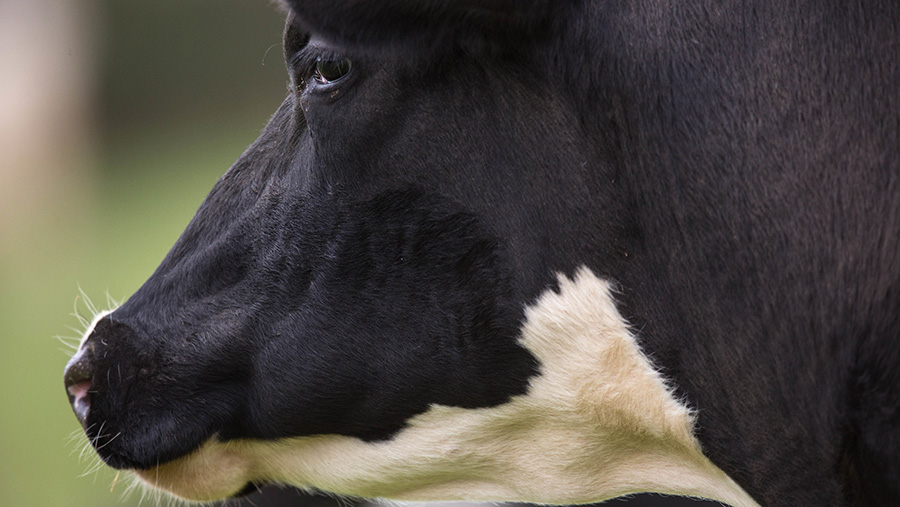
© Tim Scrivener
The dairy sector is expected to gain the most from the cumulative impact of FTA agreements, with many of the 12 partners being net importers of dairy.
Although trade will increase significantly with these partners, export growth with the rest of the world will decrease, says the report.
Overall, the EU’s dairy sector is left with a 1% increase in dairy exports in the conservative scenario and an 11% increase in the ambitious scenario.
This is driven by exports to the 12 FTA partners, which increases by €950m (£809m – 25%) under the conservative scenario and by €2.26bn (£1.87bn – 60%) in the ambitious model, mostly to Japan, Latin American countries, Mexico, Turkey, Indonesia, Canada and the US.
Imports from these countries also rise by up to 336.5% in the ambitious scenario, worth €1.2bn (£1.02bn), with the biggest increase coming from the US and New Zealand.
Rising global demand pushes up prices for cheese and skimmed milk powder by between 9% and 16%, with EU dairy farmers increasing production by up to 0.7%.
Also in the ambitious scenario, milk prices rise by an estimated 2-7%, resulting in an annual increase of about €5.6bn (£4.77bn) in milk receipts for dairy farmers.
UK perspective
The report highlights clear opportunities for dairy exports, which the UK industry could also pursue after Brexit.
However, it also sees EU trade with FTA partners rising, but decreasing with the rest of the world.
This suggests the UK could miss out on any positive gains if it cannot also negotiate FTAs soon after leaving the EU.
About 90% of UK dairy exports go to the EU, so access to the single market will be critical, particularly as EU import tariffs for dairy are high – cheddar, for example, faces a tariff of €1,671/t (£1,423/t) according to the AHDB.
While a UK brand is increasingly sought-after abroad, the government will have to start FTAs from scratch, while the EU already has a head start on many such agreements.
This could mean UK dairy products face stiff competition from EU products, which may have a foothold in a market by the time the UK gains tariff-free access.
Beef
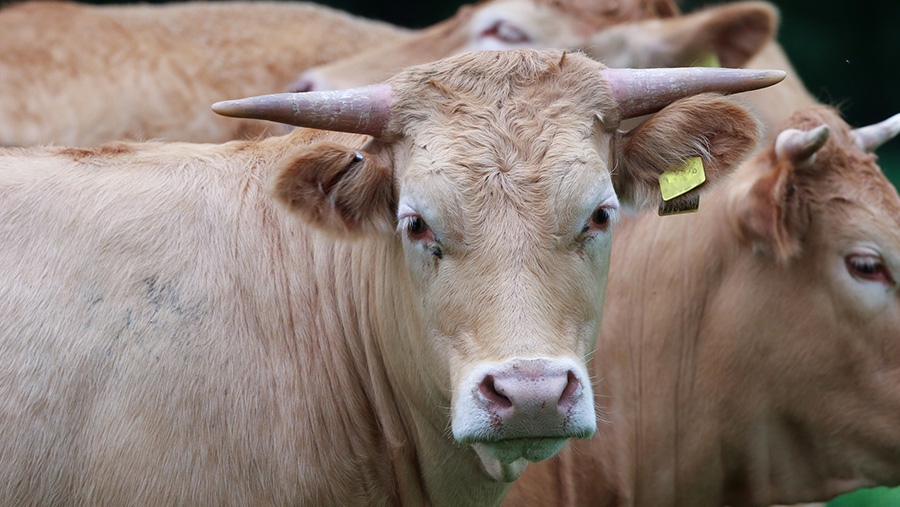
© Tim Scrivener
The European beef sector is particularly vulnerable in FTAs that don’t protect it as a sensitive industry.
Import quotas, which allow beef to enter the single market without facing tariffs, stand at about 118,000t, according to AHDB.
The EU report, however, says the 12 FTAs could increase this by up to 356,000t, with more than 80% of that coming from Mercosur (a Latin American trading bloc), which has much lower costs of production.
At the same time, European beef exports to Mercosur do not change significantly, leading to a sharp deterioration in trade balance and a direct downward pressure on EU producer prices.
This is compounded by increased demand for dairy, which leads to a growing dairy herd and therefore more cow beef on the market.
The combined pressures lead to a steep drop in beef prices – down by 8% in the conservative scenario and by 16% in the ambitious scenario.
This, however, shifts Europe’s meat consumption towards beef, helping to relieve the effect on EU beef production somewhat, which declines by between 0.5% and 1.4%, although the fall may be harder on specialised beef producers, suggests the report.
UK perspective
The UK beef sector is also vulnerable to a large increase in cheap imports, whether in or out of the EU.
More than 90% of the UK’s beef exports (much of them cull cow) go to the EU. UK producers will have to reduce their costs of production to compete with beef prices on the Continent, driven down by imports and a larger culled-cow beef supply.
If the UK ends up outside the single market, it will also have to cope with the EU’s import tariffs, which stand at 12.8% plus €1,414/t (£1,200) to €3,041/t (£2,585) depending on cuts.
If the UK can stay in the single market, or else quickly negotiate a free-trade deal with the EU, it will at least not have to face high tariffs.
Sheep
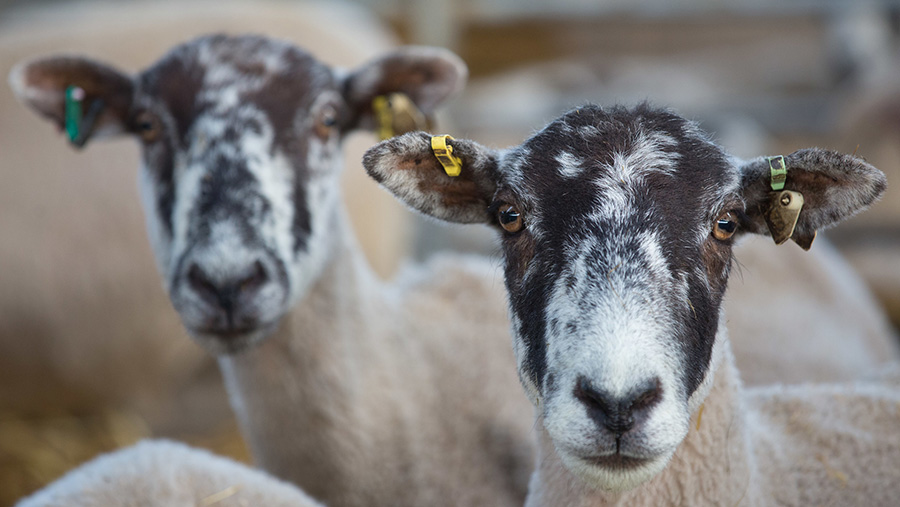
© Tim Scrivener
The EU sheep industry, such as beef, is also considered vulnerable, although to a lesser extent, with imports dominated by New Zealand and Australia.
New Zealand already has an agreement with the EU to export a certain amount of sheepmeat, but it does not use all its quota.
So full access to the EU market may not make much of a difference.
The report suggests imports from the country may even reduce, as those from Australia increase.
The overall impact is an estimated 10% increase in sheepmeat imports in the ambitious scenario and a 6% rise in the conservative scenario.
This is projected to result in a 2-3% fall in EU sheep prices, leading to a contraction in production of about 1% in both the conservative and ambitious scenarios.
UK perspective
It is difficult to assess the impact as Brexit has not been factored in or the UK is the EU’s biggest sheepmeat producer, exporting 40% of its product, mostly to the EU and also a large importer.
It is not clear, for example, whether the EU would be able to satisfy its demand for sheepmeat in the long term if the UK did not have free access and what impact that might have on prices on the continent.
Either way, if the UK does not negotiate free access to the single market, UK producers would face tariffs of 12.8% plus between €902/t and €3,118/t (£768/t and £2,656/t).
It may also face stiffer competition on EU shelves.
However, it is unclear whether increased imports of Australian lamb would displace those from New Zealand or compete directly with UK lamb, says Mark Kozlowski, senior analyst at AHDB Beef and Lamb.
What protection the industry would be given in future UK-New Zealand or UK-Australia agreements remains to be seen.
Cereals and oilseed rape
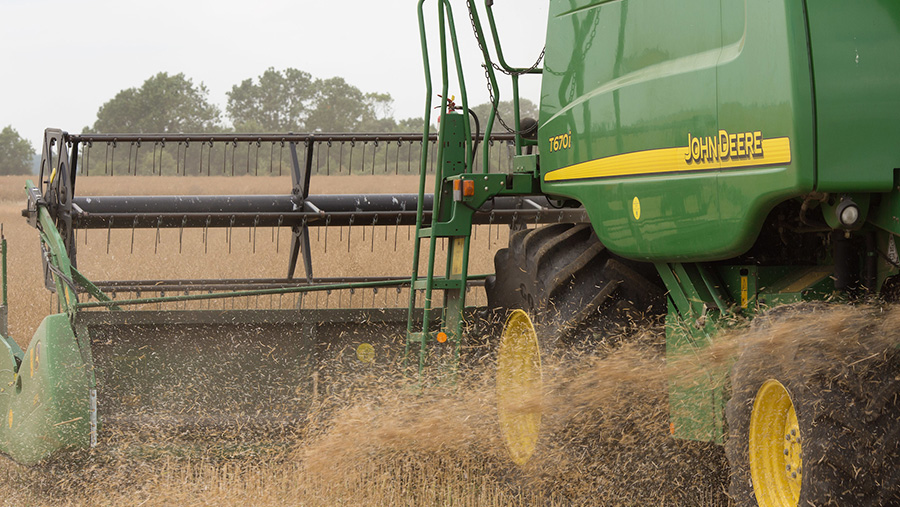
© Tim Scrivener
Trade impacts are limited, due to the low level of tariffs currently, but overall they are positive for the sector.
In bilateral trade, the only significant change is shown in exports to Turkey, which increase in value between €280m and €550m (£238m and £468m).
Wheat exports, durum and soft wheat, have the potential to increase by 957,000t in the ambitious scenario and by 307,000t in the conservative scenario, mainly to Turkey.
EU barley exports increase in both scenarios, leading to increased EU domestic prices of 1-3% for wheat.
Changes in the livestock sector result in a shift away from wheat and barley towards maize and protein meals, leading to a 1-3% increase in soya meal imports and a reduced rapeseed price for EU farmers.
UK perspective
The UK-EU relationship will be important post-Brexit as about 80% of the UK’s wheat exports went to the union in 2015-16, although this fluctuates from season to season.
Rapeseed prices could come under pressure if prices do fall in the EU, as almost the entire 2015-16 exports of the crop went to the union.
Pigs and poultry
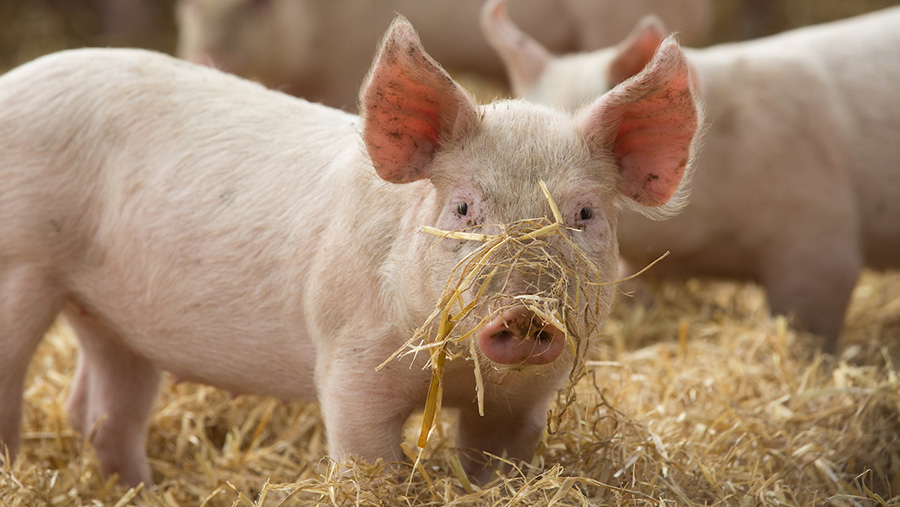
© Tim Scrivener
Liberalising markets for pig and poultry opens an important export potential, particularly to Japan, says the report.
Pigmeat production increases but cannot keep up with export demand, pushing up prices for the meat by 4% in the ambitious scenario.
But reduced beef prices (see above) mean some consumers switch from pork to beef, leading to an overall decrease in EU pigmeat consumption.
Under the ambitious scenario, the price increase combined with a small production increase results in a €1.8bn (£1.53bn) additional pork production value annually.
Poultry faces a different scenario – with imports increasing by 48% and 20% under ambitious and conservative trade liberalisation respectively, mainly from Mercosur and Thailand.
However, the effect on production is limited (-1.3% and -0.5% respectively) as the extra imports only make up about 3% of EU domestic consumption.
The impact is also limited by an increase in EU exports, notably to the Middle East and Africa.
UK perspective
As a major net importer of pigmeat with relatively high costs of production, the UK could be vulnerable if future FTAs open up our market to global competition, says Stephen Howarth, market specialist manager at AHDB Pork.
However, the extent of that would depend on the UK’s trading relationship with the EU.
For example, under some scenarios global imports might displace imports from the EU, leading to a more modest impact on the UK industry.
Much would also depend on how retailers (and ultimately consumers) respond to the availability of a wider range of suppliers.
Overall it is difficult to make a robust assessment of the EU’s report, says Mr Howarth, as the report combines pork and poultry and the sectors have quite different trade profiles.
The impact of all 12 FTAs on the pork sector would, however, be less positive than the report suggests, he believes.
Although he wouldn’t dispute the conclusions on export opportunities that much, he believes the report underestimates the scale of imports into the EU which FTAs could lead to, he says.
“The details would depend on exactly how much the market is opened up, but Brazil, Canada and the US are all major pork exporters and prices tend to be lower than in the EU, especially for some cuts.
“I would, therefore, expect imports to rise as well as exports.
“Overall, it’s hard to say whether the impact would be positive or negative based on a similar methodology to that used in the report.”
Non-tariff barriers are also not included in the report, which might be significant for pig or poultrymeat.
Pork from pigs fed growth hormone ractopamine, and poultrymeat washed in chlorine are already prevented from entering the EU.
